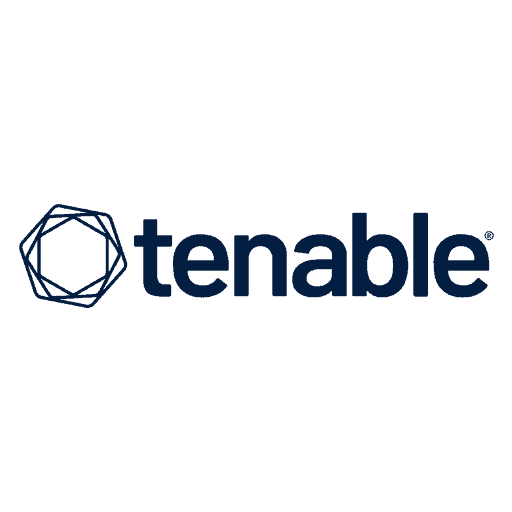Australia’s business leaders face a complex and rapidly evolving market landscape that is highly competitive, globally interconnected, and demands a proactive approach to risk management. As continued technological innovation drives business development, efficiency, and success, it simultaneously empowers malicious threat actors to evolve and make more sophisticated attacks on successful businesses. Modern business leaders consequently face a difficult choice: balancing escalating security concerns with the pursuit of innovation.
The notion of completely eradicating risk is unrealistic, and business leaders must recognise that some level of risk is inherent and necessary for growth and progress. The digital threat landscape constantly evolves, outpacing all attempts to fully neutralise threats. Instead, leaders must focus on the aspects of risk that are within the organisation’s control, so they can understand and set a threshold for how much risk is acceptable.
When business leaders conduct a formal risk assessment, they can identify the types of risks their business faces, assess the likelihood of these risks occurring, and understand the potential impact on the business. By understanding these factors, leaders can make more informed decisions about where to allocate resources and how to mitigate risks effectively. In this detailed and dynamic process, leaders can identify potential threats and explore specific risks their business faces, including those that are less apparent. By understanding how likely these risks are to materialise and their potential impact, leaders ensure a more nuanced approach to risk management. Businesses should continuously adapt to new information, threats, and changes in the environment to ensure that risk management strategies remain relevant and effective.
Businesses should underpin risk management with ongoing training and awareness programs for staff at all levels, focusing on the risks relevant to their roles and the overall business. A well-informed workforce can act as the first line of defence against many types of risks, and developing a culture of risk awareness within an organisation is a critical step that goes beyond simple policy implementation. It’s a cultural shift that requires a comprehensive approach to education and training to ensure that everyone understands the risks relevant to their roles and the wider business context. This empowers employees to become proactive participants in risk management, making them a well-informed workforce that follows protocols as well as identifies potential risks, contributing to the organisation’s overall security posture.
A nuanced approach is essential to balance security with innovation. It’s about understanding that, while some risks need to be managed tightly, others can be accepted if they align with the business’s strategic goals and offer significant growth opportunities. This balance is not static; it requires continuous reassessment and adjustment in response to the changing business environment and threat landscape. This can be challenging for businesses to achieve, especially if they’re operating with lean teams, or allocating their resources elsewhere.
When business leaders consult with external advisors or cybersecurity specialists, they gain access to valuable insights about the latest threats and best practices for their risk profile. They can also help to develop and implement robust security protocols that do not stifle innovation. This approach can shape a security framework that is both resilient and conducive to the evolving nature of business and technology.
Strategic choices determine the right risk appetite. This involves understanding the risks, knowing how much risk the business can tolerate, and making informed decisions that balance security needs with the imperative for innovation. By adopting a strategic and informed approach to risk management, fostering a culture of cybersecurity awareness, and working with security experts, business leaders can better navigate the challenges of the modern landscape while positioning themselves for sustainable growth.





